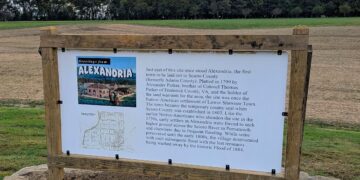More often than not, people are attracted to modern buildings and newly constructed houses in their neighborhoods. Few of us notice the older homes that require some work because we know the restoration process is challenging. However, this article will show that historic building restoration offers several benefits to individuals and communities compared to replacing the overall structure. Here are the benefits of restoring historic buildings that everyone should know.
It Preserves Culture
We can learn about the past through historic buildings. They’re tangible reminders of what took place before our time, and they foster a sense of a culture in a community. Historic buildings allow us insight into what transpired in the past and create an understanding of the communities that thrived during those days.
Furthermore, old buildings have distinct traits that can be challenging to replicate in new commercial builds. It’s possible to create a new structure resembling the old, but it won’t retain the same feeling as the original.
It Promotes Education
Historic homes and buildings serve as learning material for students, architects, builders, and communities. Restoration preserves these learning tools, which would otherwise be lost to demolition. Touring older structures provides a means for architects and builders to learn about techniques and designs widely used in the past. It also provides students and other groups a platform to study what happened in the past and what might have prompted the changes that led us to today. Preserving historic buildings and utilizing them as learning tools are essential.
It Boosts the Economy
Historic building restoration can also grow the economy. Contemplate the millions of tourism dollars that a community could stand to earn by restoring these structures to their original forms. Maintaining or restoring old structures is beneficial to business, too. Although it majorly promotes travel and tourism, restoring old structures also creates more jobs.
It Protects the Environment
Unlike a new build, which tampers with the environment, restoration preserves the environment as it is. You’re not disposing of old materials or creating the need for new ones. Additionally, restoring existing structures can make them more environmentally friendly or longer lasting to reduce maintenance costs. Endeavors to freshen up historic structures can also lower other environmental factors such as traffic, suburban sprawl, and ecological degradation.
It’s possible to rebuild a structure rich in history, value, and meaning without investing in lots of new materials. You can bring back a structure to its initial look through restoration or preservation while enhancing its energy-efficiency and boosting its value. Architects should show their employers the benefits of restoring historic buildings so that there’s a higher chance of it happening.




















































































